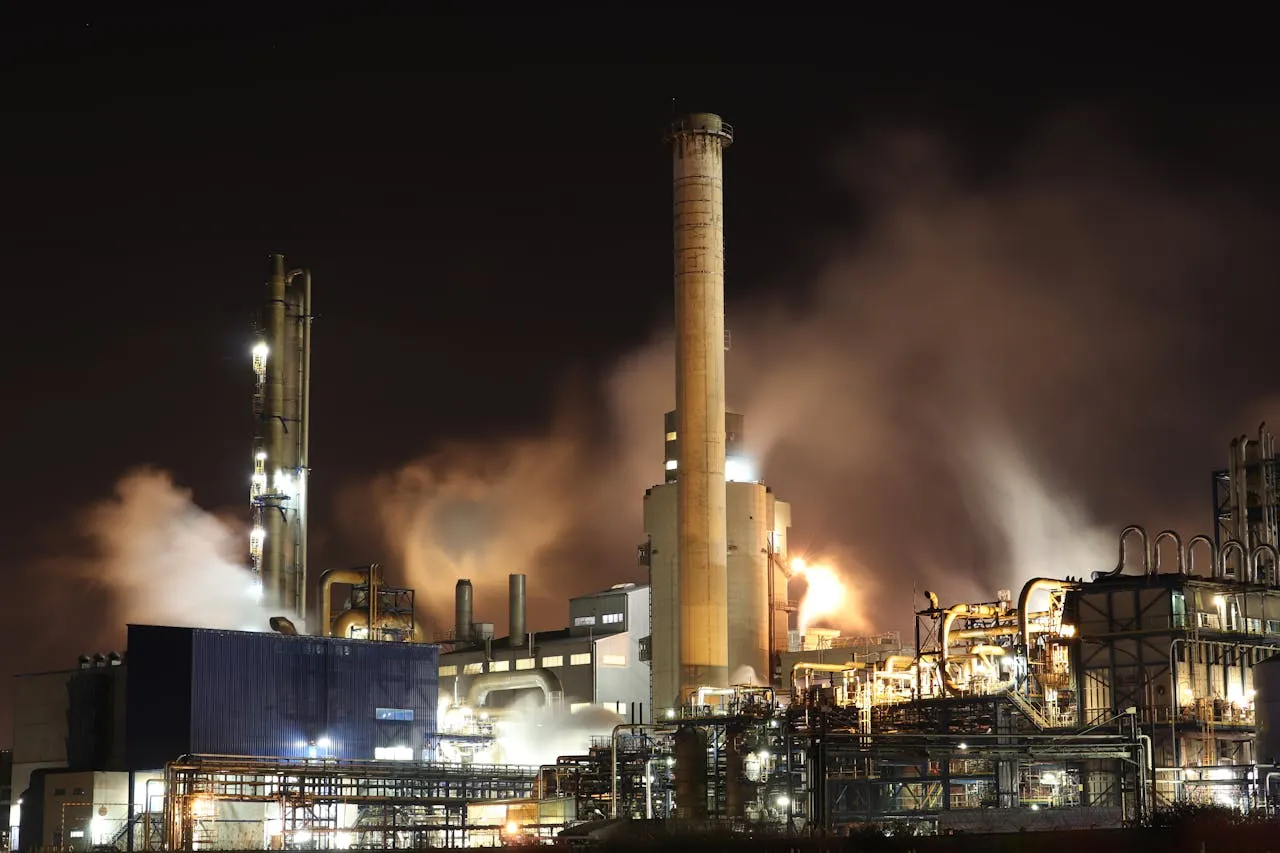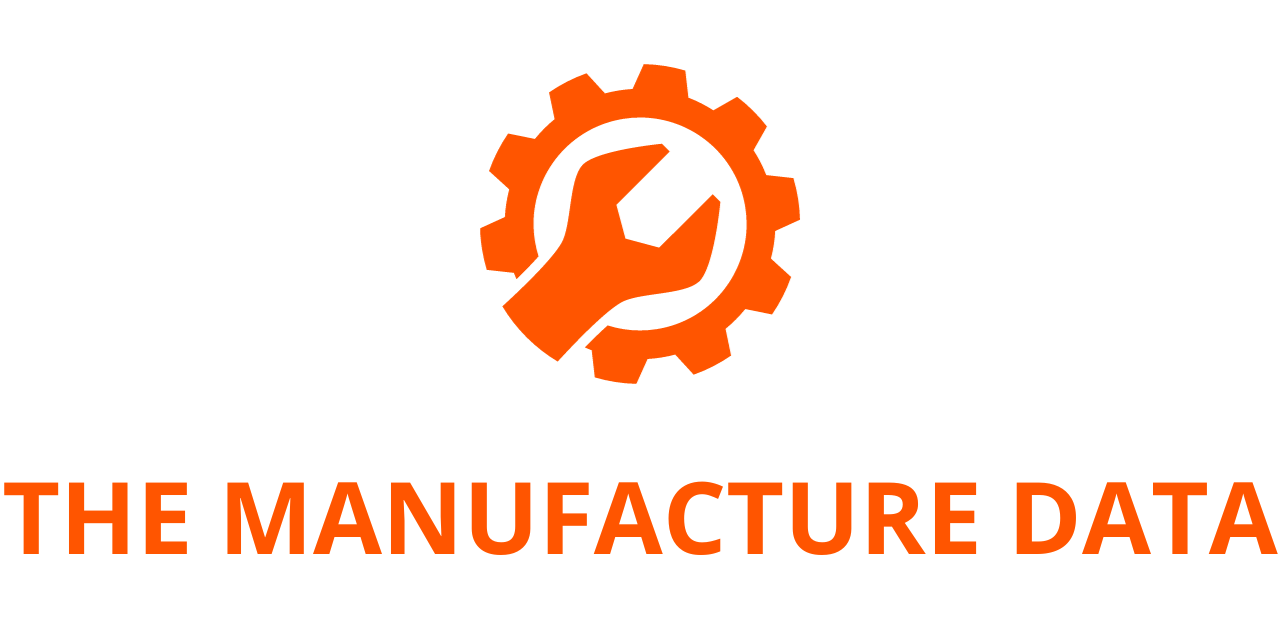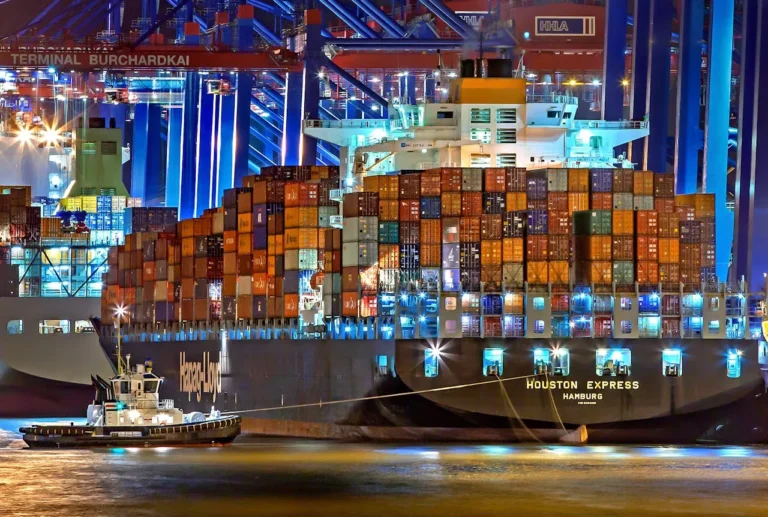
Carbon Steel Global Strategic Business Report 2025
The “Carbon Steel – Global Strategic Business Report” has been added to ResearchAndMarkets.com’s offering. This comprehensive report provides an in-depth analysis of market trends, growth drivers, and forecasts, helping businesses make informed decisions.
Market Overview
The global carbon steel market was valued at approximately US$941.7 billion in 2023 and is expected to reach US$1.2 trillion by 2030, registering a CAGR of 3.1% from 2023 to 2030. The increasing demand for carbon steel is driven by its cost-effectiveness, durability, and adaptability in various industries such as construction, automotive, manufacturing, and energy. These characteristics make carbon steel an essential material in infrastructure development, industrial applications, and transportation projects.
Key Growth Drivers
Several factors are driving the expansion of the carbon steel market:
- Infrastructure Development – With governments worldwide investing heavily in infrastructure projects, the demand for carbon steel in construction, bridges, railways, and highways is increasing significantly.
- Technological Advancements – Innovations in casting, rolling, and heat treatment processes are enhancing the performance of carbon steel, making it more attractive to industries that demand high strength and durability.
- Automotive Industry Growth – The shift towards lightweight and fuel-efficient vehicles is boosting the use of carbon steel in chassis, body frames, and engine parts.
- Renewable Energy Expansion – The global push for wind, solar, and hydrogen energy infrastructure has created additional demand for durable and cost-effective materials like carbon steel.
- Industrialization and Manufacturing Growth – The rapid expansion of industrial production in emerging economies continues to drive the need for carbon steel in machinery, equipment, and heavy-duty applications

Role of Technology in Market Expansion
The application of advanced steelmaking technologies is significantly shaping the carbon steel industry:
- Continuous Casting Technologies – These allow for high-quality and large-scale steel production with minimal waste.
- Innovations in Rolling Processes – Advanced hot and cold rolling techniques improve the strength, flexibility, and surface finish of carbon steel products.
- Heat Treatment and Alloying – Modern heat treatment methods optimize hardness, tensile strength, and corrosion resistance, expanding the use of carbon steel across various industries.
- Automation and AI Integration – The implementation of AI-driven automation in steel manufacturing reduces production costs, minimizes human errors, and increases operational efficiency.
Market Trends and Consumer Demand
The demand for carbon steel is influenced by multiple industry trends:
1. Infrastructure Investments Drive Demand
Governments and private entities continue to invest in roads, bridges, railways, and buildings, fueling the need for carbon steel due to its affordability and strength.
2. Automotive Industry’s Evolution
Despite the rise of aluminum and high-strength alloys, carbon steel remains a key material in the production of vehicle structures, ensuring durability while maintaining cost efficiency.
3. Renewable Energy Sector Growth
Carbon steel plays an important role in wind turbines, transmission towers, solar panel frameworks, and hydrogen storage pipelines, highlighting its significance in the global energy transition.
Regional Market Insights
1. United States
The U.S. carbon steel market was valued at US$255.1 billion in 2023. It remains one of the largest markets due to continued investments in construction, automotive manufacturing, and industrial production.
2. China
China is projected to grow at a CAGR of 5.2%, reaching US$230.4 billion by 2030. With its rapid urbanization, strong manufacturing sector, and government-backed infrastructure projects, China remains a key player in the global carbon steel market.
3. Other Notable Regions
- Japan & Canada – Steady demand for carbon steel in automotive, construction, and energy sectors.
- Europe – Investments in sustainable manufacturing and infrastructure renewal are driving growth.
- Asia-Pacific, Latin America, Middle East, and Africa – Emerging markets with expanding industrialization and urbanization are creating substantial opportunities for carbon steel manufacturers.
Segmentation Insights
- Low Carbon Steel Segment: Expected to reach US$1.1 trillion by 2030, growing at a CAGR of 3.2%.
- Medium Carbon Steel Segment: Forecasted to grow at a CAGR of 2.3% over the analysis period.
Market Challenges
Despite strong growth projections, the carbon steel market faces several challenges:
- Fluctuating Raw Material Prices – Variations in iron ore and coal prices impact the production costs and profitability of carbon steel manufacturers.
- Environmental Regulations – Stringent emissions and sustainability policies are pushing steel producers to adopt eco-friendly practices, increasing production costs.
- Competition from Alternative Materials – The rising adoption of aluminum, composites, and advanced alloys in certain industries poses a threat to carbon steel’s market share.
Key Market Players
The report covers 42 featured companies, including:
- Afarak Group
- AK Steel Corporation
- ArcelorMittal SA
- Baosteel Group
- Bushwick Metals LLC
- Curtis Steel Co., Inc
- Evraz plc
- HBIS Group
- JFE Steel Corporation
- Nippon Steel Corporation
- NLMK
- Omega Steel Company
- POSCO
- United States Steel
Report Highlights
| Attribute | Details |
|---|---|
| No. of Pages | 93 |
| Forecast Period | 2023 – 2030 |
| Estimated Market Value (2023) | US$941.7 Billion |
| Forecasted Market Value (2030) | US$1.2 Trillion |
| CAGR | 3.1% |
| Regions Covered | Global |
Key Takeaways
- Infrastructure growth and technological advancements are primary drivers of the carbon steel market.
- Low Carbon Steel remains the fastest-growing segment, with significant expansion in China and emerging economies.
- Automotive and renewable energy sectors continue to be major contributors to demand.
- Regulatory challenges and material competition may impact long-term growth but are mitigated by advancements in eco-friendly steel production.




